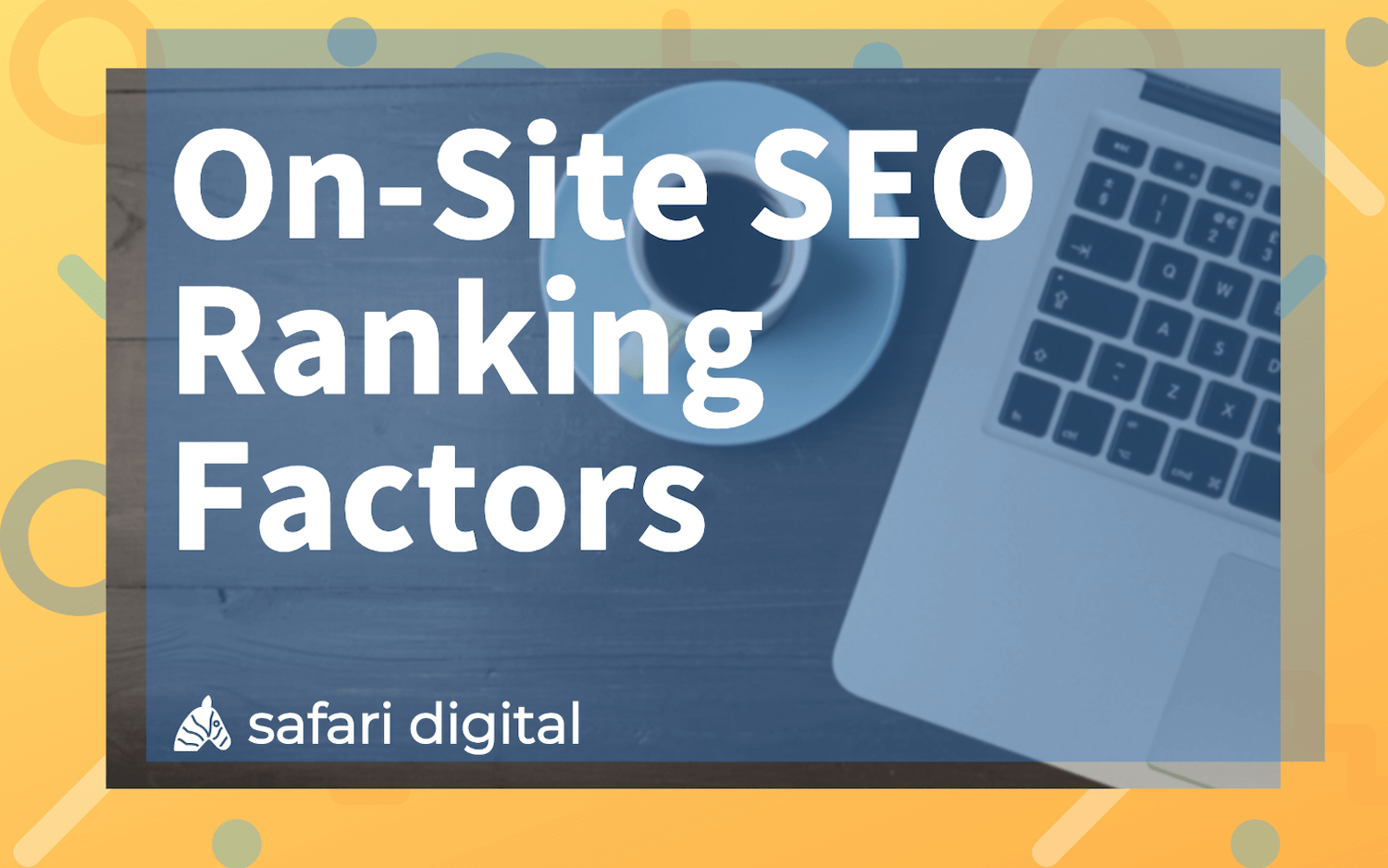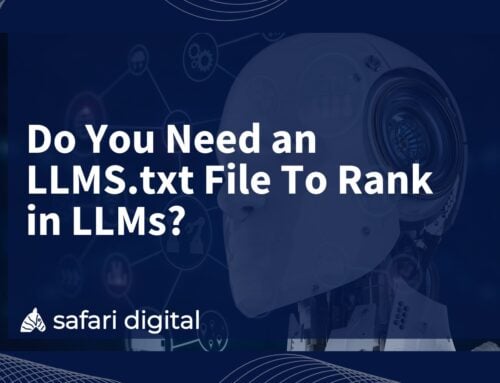
On-site SEO and offsite SEO, are the two main components in any search engine optimisation strategy. In order to achieve maximum exposure and drive traffic to your website, you need to understand the role that both aspects play in determining search engine rankings.
On-site SEO (often referred to as on-page SEO) involves optimising elements on a website and on the pages of a website in order to improve organic search rankings. In simple terms, this means adjusting different aspects of your website so that that search engines are able to crawl and interpret the content and structure of information on your website.
The more that search engines like Google, Yahoo and Bing can understand about the content on your website, the better you will rank. Addressing on-page SEO is the first step in creating a holistic SEO strategy.
What are the Most Important On-Site SEO Elements?
Understanding and implementing best practice onsite SEO is not hard, but it does take planning. When starting a new website, it is always best to implement best practice onsite SEO from the beginning so that you’re not double handing anything. You’re better off taking longer to launch your website, rather than having to go back over it at a later date.
There are over 200 individual ranking factors that impact SEO. That number may seem intimidating, especially for those who are trying to handle SEO on their own. Happily, not all factors are weighted evenly, which means that you can achieve a lot by focussing on the most important on page SEO factors.

1. Keywords Research
Planning which keywords are going to bring you the most relevant traffic is the first step. For businesses, the focus should be on attracting high-quality traffic to your website. You’re better off having 100 visitors who are highly-interested in your product or service then you are having 1000 visitors who were actually looking for something else.
2. Keyword in Title Tag
The title tag or page title of the page is one of the strongest relevancy signals for search engines. The title tag should give an accurate, keyword-specific description of what is on the page. In addition to being one of the most important ranking signals, the title of your page also impacts what your page looks like in the search engine results page. Ideally, you want to include your most important keyword at the beginning of the title tag.
3. Keyword in H1
The H1 tag is another strong ranking signal for search engines. Like the title tag, it’s important to include your most relevant keyword in the H1 tag. There is no limit to how many H1 tags you can use on each page, but it’s best to stick with 1.
4. Content Length
Content length is not a direct ranking factor. However, longer content tends to rank better than short content because you can cover more information and provide more value to the reader. A while back, Backlinkio analysed 1-million search results and found that the average page 1 Google result was 1890 words in length. This doesn’t mean you should churn out meaninglessly long pieces of content. Focus on creating content that provides value to the end user and you’ll be surprised how much you end up writing.
5. Duplicate Content
This is perhaps the most contentious issue amongst SEO professionals. As a rule, Google will not punish you for creating duplicate content. However, they also will not reward you. Focus on creating content that is unique for each page of your website.
6. Image Alt Tags
Did you know that images can be used to determine search engine results rankings? Because search engines cannot read images like they can read text, alt tags and captions should be used to describe the image. This doesn’t need to be very technical, if the image is of a “red car being driven on a windy mountain road”, the image alt tag should reflect exactly that.
7. Internal Linking
External links that point to your page are one of the most important ranking signals. But did you know that you can use internal links to create a hierarchy for your content? Linking pages is a great way to communicate which pages contain the most important information.
8. URL Structure
There is no need to over-optimise URLs with every target keyword. However, the URL should be easy to read for search engines and users and clearly communicate the content of the page.
9. Meta Description
Ok – here’s a little secret, meta descriptions are not a direct ranking factor. However, Meta descriptions can still provide an indirect boost to SEO traffic by driving an increase in CTR (click through rate). With that in mind, meta descriptions should still be optimised so that they clearly communicate the content of the page. This will enhance search engine results page visibility and potentially improve CTR.
These are just a few of the most important on-site SEO ranking factors. If you want to find out more about the other areas of your site that are included in a holistic SEO strategy, you can contact our SEO Agency team, for a no-obligation discussion about how SEO can grow your business.






